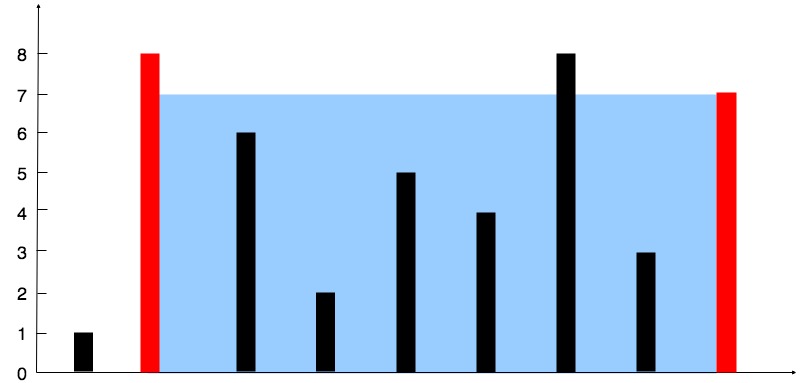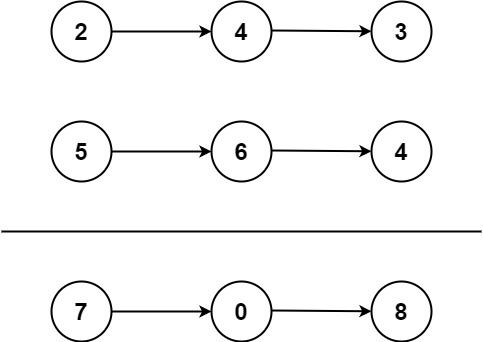Given an array nums of n integers, are there elements a, b, c in nums such that a + b + c = 0? Find all unique triplets in the array which gives the sum of zero.
Notice that the solution set must not contain duplicate triplets.
Example 1:
Input: nums = [-1,0,1,2,-1,-4] Output: [[-1,-1,2],[-1,0,1]]
Example 2:
Input: nums = [] Output: []
Example 3:
Input: nums = [0] Output: []
Constraints:
0 <= nums.length <= 3000-105 <= nums[i] <= 105
Idea:
- Sort nums + two pointers
- Enumerate nums[i]
- Use two pointers to find all possible sets of (i, l, r) such that
- i < l < r
- nums[i] + nums[l] + nums[r] === 0
- How to move pointers?
- nums[i] + nums[l] + nums[r] > 0, too large, decrease r
- nums[i] + nums[l] + nums[r] > 0, too small, increase l
Optimize:
- skip: if nums[i] > 0, then nums[i] + nums[l] + nums[r] never = 0
- skip same number: nums[i] === nums[i – 1]
Solution:
Time complexity: O(nlogn + n^2)
Space complexity: O(1)
/**
* @param {number[]} nums
* @return {number[][]}
*/
var threeSum = function(nums) {
const n = nums.length;
let res = [];
nums.sort((a, b) => a - b);
for (let i = 0; i < n - 2; i++) {
// skip: if nums[i] > 0,
// then nums[i] + nums[l] + nums[r] never = 0
if (nums[i] > 0) break;
// skip same number
if (i > 0 && nums[i] === nums[i - 1]) continue;
let l = i + 1;
let r = n - 1;
while (l < r) {
if (nums[i] + nums[l] + nums[r] === 0) {
res.push([nums[i], nums[l++], nums[r--]]);
// skip same number
while (l < r && nums[l] === nums[l - 1]) l++;
while (l < r && nums[r] === nums[r + 1]) r--;
} else if (nums[i] + nums[l] + nums[r] > 0) {
r--;
} else {
l++;
}
}
}
return res;
};

